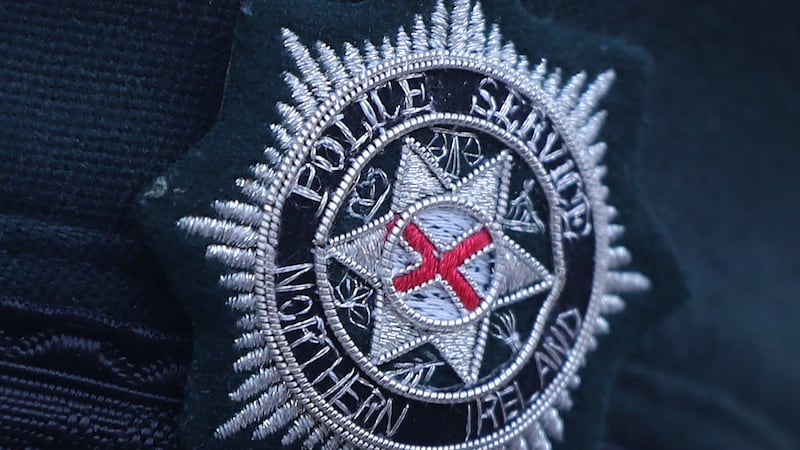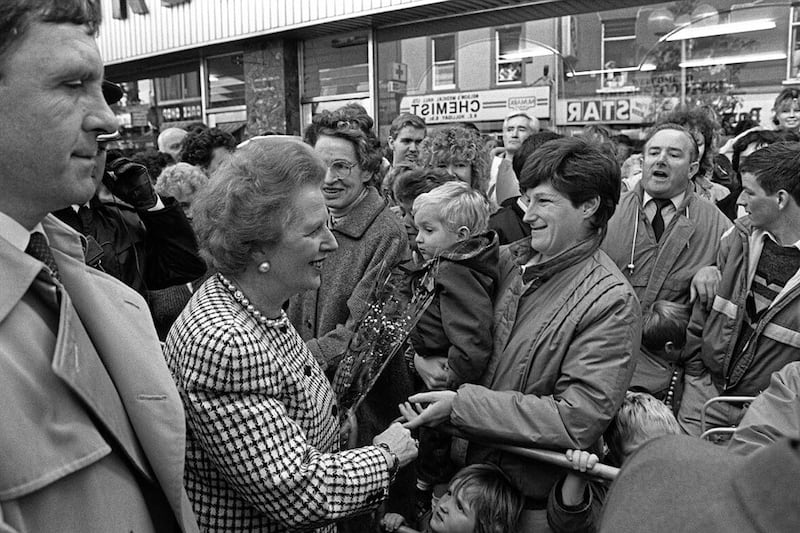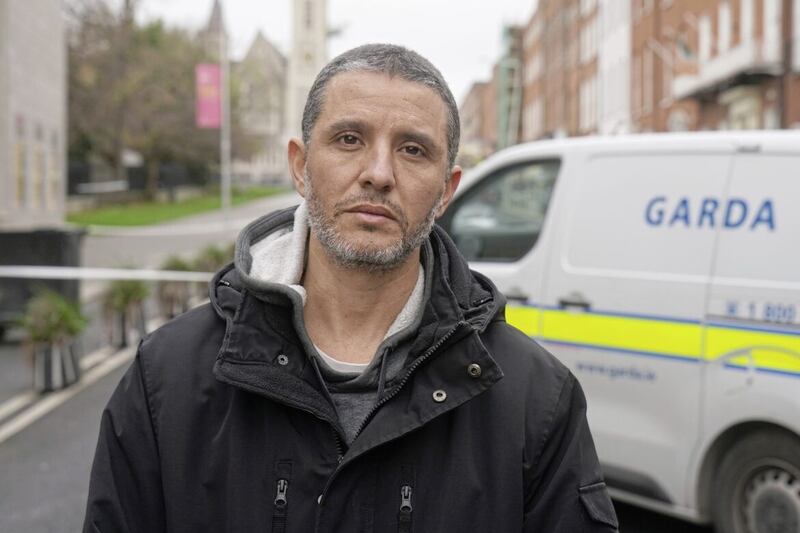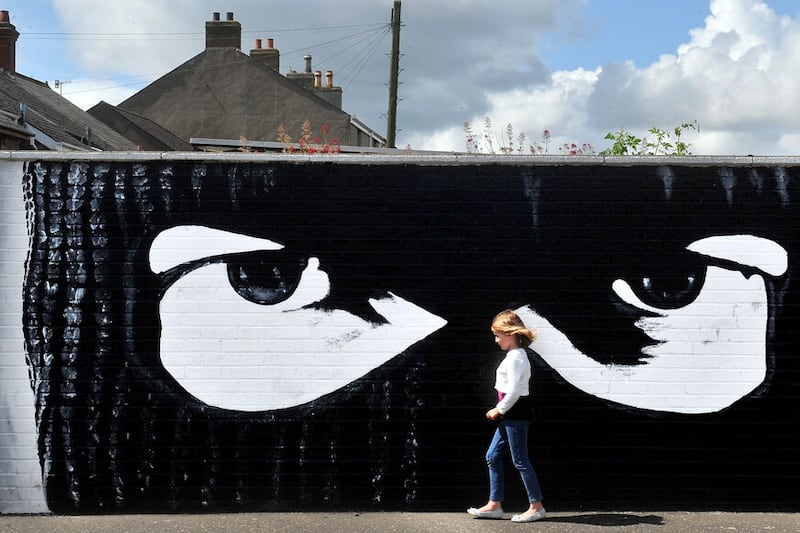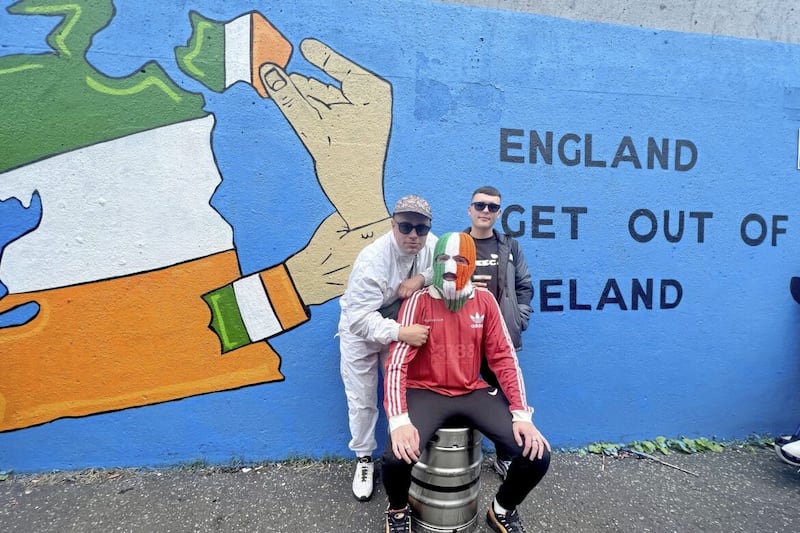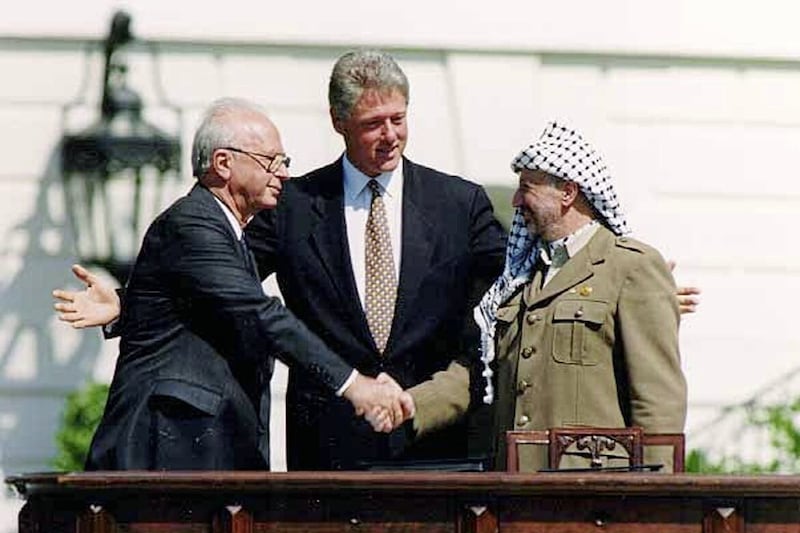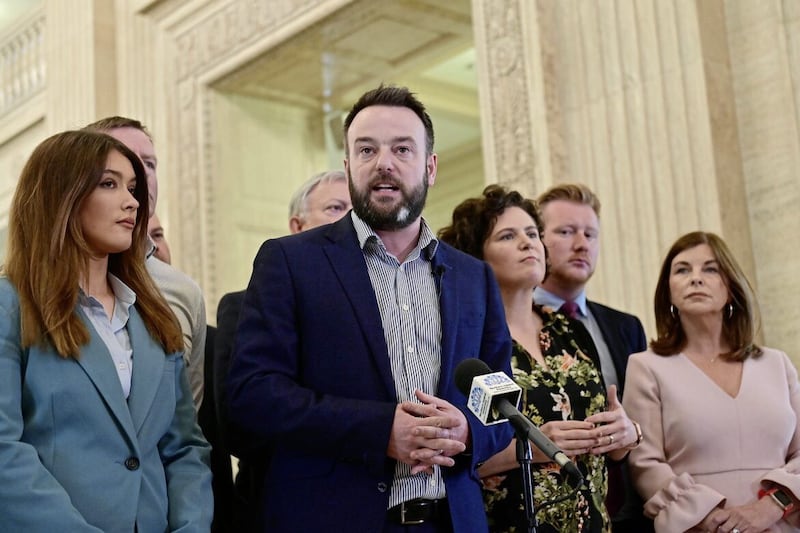ON May 3 1921, Northern Ireland was declared a political entity. On May 24 the first elections took place for the new parliament.
In a stunning victory, unionists took all but 12 seats. This was a devastating blow to nationalism in the north.
Two days before those elections, on May 22 1921, Tom Kelly left his Kilmorey Street home in Newry but didn’t go to his place of work.
He was, as the ballad says, just “a lad of 18 summers” and already four years into his apprenticeship as a carpenter. He had no idea how much his life would change by that afternoon.
Like many others of his age, Tom was radicalised by events around him such as the Home Rule movement, the Great War and, of course, the Easter Rising.
His father’s family had been turfed out from their south Armagh tenancy in the late 1880s. In fact, Tom’s grandfather died in Newry Workhouse in 1888.
His father, Michael, joined the British army out of economic necessity in 1892 to provide for his widowed mother. The stench of poverty was never far from his nostrils.
Michael was a professional soldier and saw action in the Boer War with the Royal Irish Rifles and then again in the First World War as a pioneer with the Royal Engineers.
Tom’s mother was in domestic service as a live-in housekeeper in a grand house belonging a whiskey agent.
‘Maggie’ Kelly was politically savvy. Her family were active Home Rulers who distinguished themselves locally in Down by their support for Charles Stewart Parnell after the split in the Irish Parliamentary party. She would be described in her obituary as holding “robust nationalist loyalties”.

Tom was weaned on such politics at his mother’s breast.
After the Easter Rising and the subsequent executions of its leaders, a teenage Tom turned his back on the Home Rule politics of his parents and drifted towards republicanism.
He was deeply impacted by the ruthless execution of James Connolly. It was then Tom took an interest in the writings of Connolly, and his copy of Labour in Ireland was his bible.
Becoming a republican activist in 1918, Tom was on the periphery of the armed struggle. But what propelled this young idealistic man from activist to volunteer were two events.
The first was the death of the Lord Mayor of Cork, Terence McSwiney, who had been on hunger strike. McSwiney’s sacrifice won international attention for the cause of Irish independence.
The second event was even more poignant. It was the court martial, torture and subsequent hanging of the IRA volunteer and medical student Kevin Barry.
Barry and Kelly were the same age. Within a year, age was not the only thing they had in common as Tom was also tortured and then tried by a court martial.
Joining Frank Aiken’s 4th Northern Division - Newry Brigade in 1920, Tom would have been very much aware of the risk he was taking and he also knew that youthfulness would not spare him the consequences if caught. It was a seismic decision considering he was an only child.
The Northern Ireland elections made partition all too real for those who had hoped and indeed fought for so much more. It was calamitous for republicans and nationalists alike.
The 4th Northern Division remained active along the border region. Despite the realities, Tom’s allegiance was to a republic not dominion status, so his fight would go on.
On May 22 1921, with his mother thinking him at work, he joined other volunteers on active service.
It appears they targeted the home of a prominent unionist whose son was in the army. The intention was to raid the house and steal a cache of weapons. It was a highly risky venture as an RIC bridewell and barracks were both close by.
Something went wrong. The four volunteers dispersed. A squad of Black & Tans and B Specials chased Tom to the railway line.
He was caught and the Black & Tans beat him mercilessly. The injuries he sustained to his head would later cause lifelong health issues. But Tom refused to name any of his colleagues.
His saviour from further beatings came in an unlikely form of a RIC head constable who pulled him from his captors, saying: “In the name of God, he’s only a lad. Don’t ye have any sons?"
Events passed very quickly. Tried before a court martial on June 26, Tom was charged with the possession of firearms and despite his young age received a remarkably harsh sentence of 15 years with hard labour.
His heartbroken mother sat outside helpless. It was June 30 1921 and she managed to pass her Catholic missal by way of a priest to her son.
Each of the prisoners' sentences were carefully recorded on the blank pages and then the missal was returned to her to share the news with other families.
It is clear from the little autograph book which Tom kept whilst in the Crumlin Road prison that the other prisoners did their best to keep his spirits up. It is littered with rhymes, songs and jokes. Some of those sentenced faced the death penalty.
The future looked bleak for the young Tom. His release date was June 1936. But with the post-truce amnesty he was released in February 1922.
Unfortunately Tom was not allowed back to the bosom of his family but was exiled to Dublin by the Stormont regime.
Whilst in Dublin he completed his apprenticeship and got a job at the docks.
With the outbreak of civil war, Tom became despondent with republicanism. The fractures in the movement were now running deep. Tom had nothing but contempt for DeValera.
The murder of Michael Collins in Béal na Bláth was the final straw and became a decisive moment for Tom who eschewed all forms militant republicanism from that day on.
Along with former colleagues he lined the route as the funeral cortège of Collins went down O’Connell street.
It was during this time Tom found sanctuary in his faith. Soon the youthful revolutionary and former prisoner’s life was about to take another dramatic turn.
He attended daily Mass at the St Francis Xavier Church in Upper Gardiner Street. The church was run by the Society of Jesus - better known as the Jesuits. There Tom met the famous photographer of the Titanic’s last voyage, Fr Francis Browne SJ.
And it was from Gardiner Street that Tom decided to join the order as a Novice brother.
The life of a lay brother in the Jesuits of 1920s was difficult, often thankless and dominated by stringent hierarchical rules.
With his experience as a prisoner doing hard labour, Tom took these hardships in his stride. He followed the Society’s vows of chastity, poverty and obedience.
His mother Maggie recorded in her missal: “Tom left for Tullamore 28th February 1924 - God take care of my dearest child.”
It would be nearly two years before she would see him again in 1927.
Tom remained at Jesuit institutions in Tullabeg, Offaly and Emo in Laois for seven years. And letters from Fr Kenney SJ, head of St Mary’s Emo, to Jesuit HQ suggest he was well liked and quietly industrious.
Fr Kenney went further, saying he “cannot be sufficiently commended for the amount of work he has carried out, organised and managed since I took over at Emo”.
Leaving religious life, Tom returned at first to Dublin.
Then, on a visit home a few years later, he met the great love of his life, Sarah O’Gorman from the mill village of Damolly. They married in 1935 and initially lived in Dublin before returning home.
Not quite cut for domesticated family life, Tom became a very active trade unionist and regional coordinator for the Woodworkers Union.
Despite being a qualified carpenter he was hired and then fired by both Great Northern Railways and the Harland and Wolff shipyard when they discovered his prison record from 1921.
If anything the intervening 20 years in Northern Ireland deepened sectarianism and discrimination was validated by the unionist junta. Tom found work in construction with local firms.
Social justice and equality were causes he would continue to fight for.
He joined the Labour movement and became the one and only Irish Labour councillor for nine years on Newry Urban District Council. He represented Ballybot, which translated from Irish means ‘poor town’.
Certainly Tom’s political priorities were about securing rights for those he lived amongst and fighting the scourge of slum dwellings.
His election posters subtly referred to his ‘National’ service in the War of Independence. Roddy Connolly, son of James Connolly, and a future Lord Justice of Appeal, Turlough O’Donnell, were amongst those who canvassed for him.
When the IRA was reforming for its 1950s border campaign Tom was asked to join its leadership. He refused, disappointing many old colleagues.
But he made it plain for them by saying “Ireland will never be united by the point of a gun. We tried that in the 1920s and it does not and will not work”. He constantly reminded his children of that mantra.
In 1958, when the Irish Labour in a landslide wiped out the oddly named Irish Citizens Association, a collection of old-style nationalist politicians who were unduly influenced by Catholic clergy, Tom became the Irish Labour Party’s chairman of the then Newry Urban District Council from 1958-62. He knew change was afoot.
Tom went on to become an alderman on the Down County Council and fought several Stormont elections but was forced out of election by the intervention of local Catholic clergy who thought him “too Red”.
During the 50th anniversary of the Easter Rising he took his Black & Tan medal from its glass case and walked in the Easter commemorations along with Roddy Connolly.
Soon his health deteriorated. Doctors asked his wife had he ever received trauma or blows to the head. He had on that fateful day in May 1921 when he was savagely beaten.
He suffered strokes and speech impediments. The past had cast a long shadow.
Even though desperately ill and impaired by another stroke, Tom was aware that the tectonic plates on which Northern Ireland was founded were shifting with the advent of the civil rights movement.
Just months before his death he managed to leave his Armagh Road home to reach the Newry march on January 9 in 1969.
Unfortunately he was on the wrong side of the police barricade and had to be rescued by his son before the rioting broke out.
He died on April 12 1969, fifty years after he started his long march.
At his funeral, his former IRA quartermaster general of the 4th Northern Division - Newry Brigade, Dr Padraig Quinn, saluted the hearse as it passed by with a starry plough flag draping the coffin.
The Irish poet, Austin Clarke, wrote: “It takes us many years to learn the passion for justice and the welfare of all, once it has been aroused, is the deepest one in moral life”.
And it was such for Tom Kelly - boy soldier, patriot, prisoner, Jesuit, trade unionist and politician. The man I simply knew as grandad.

